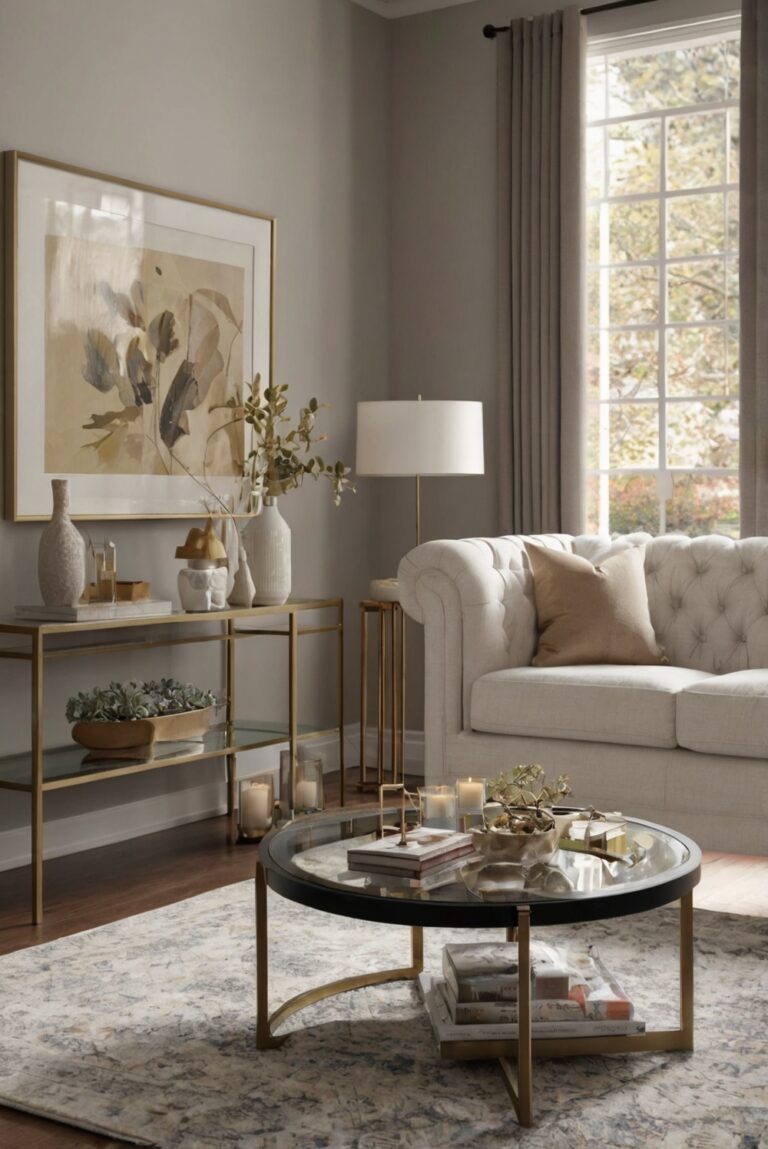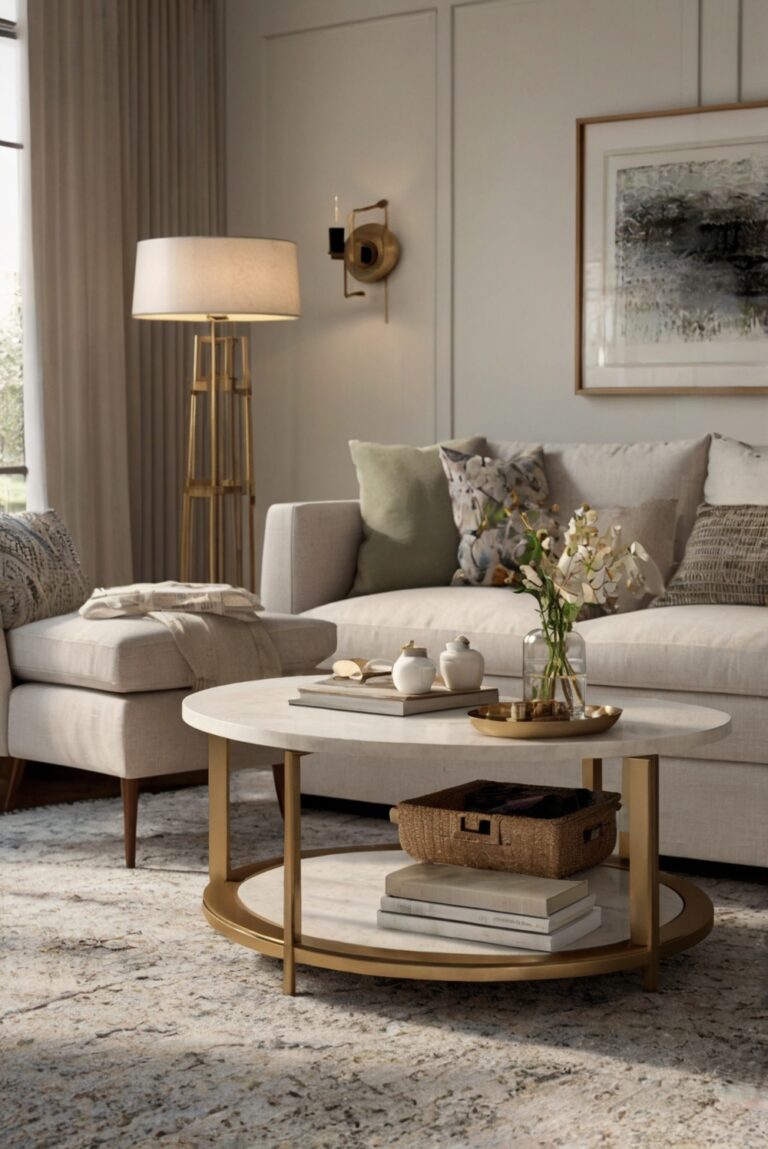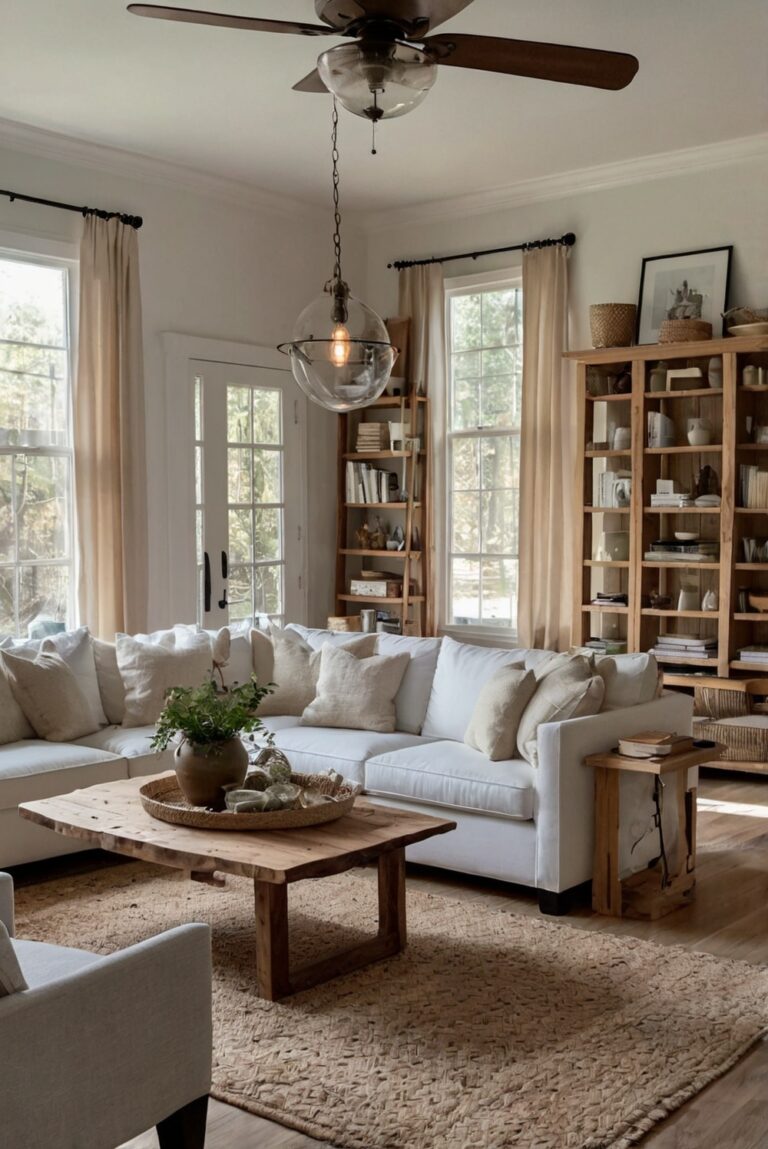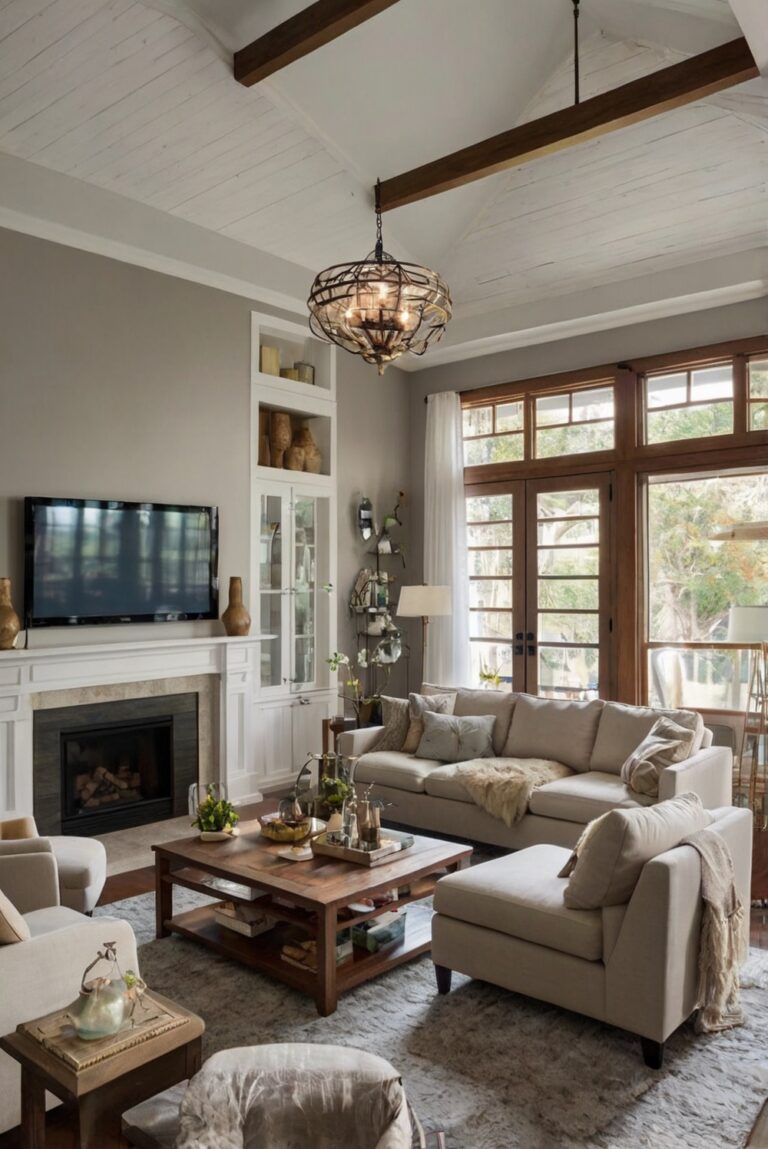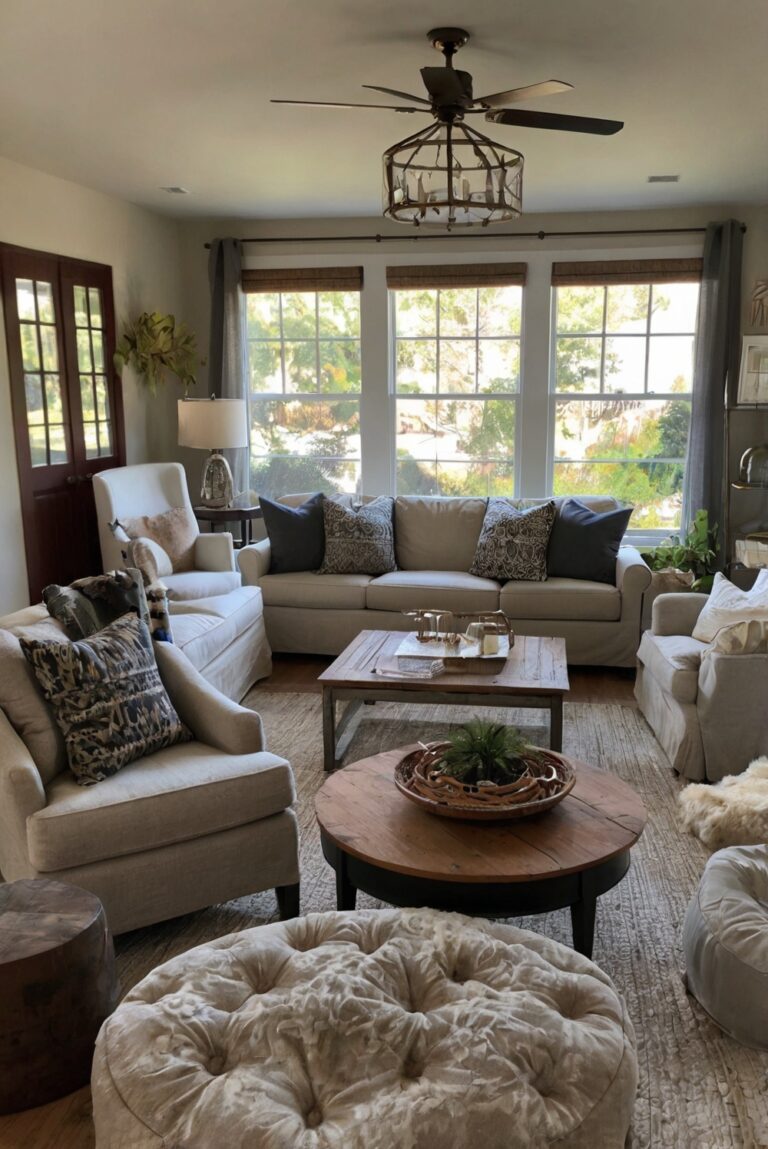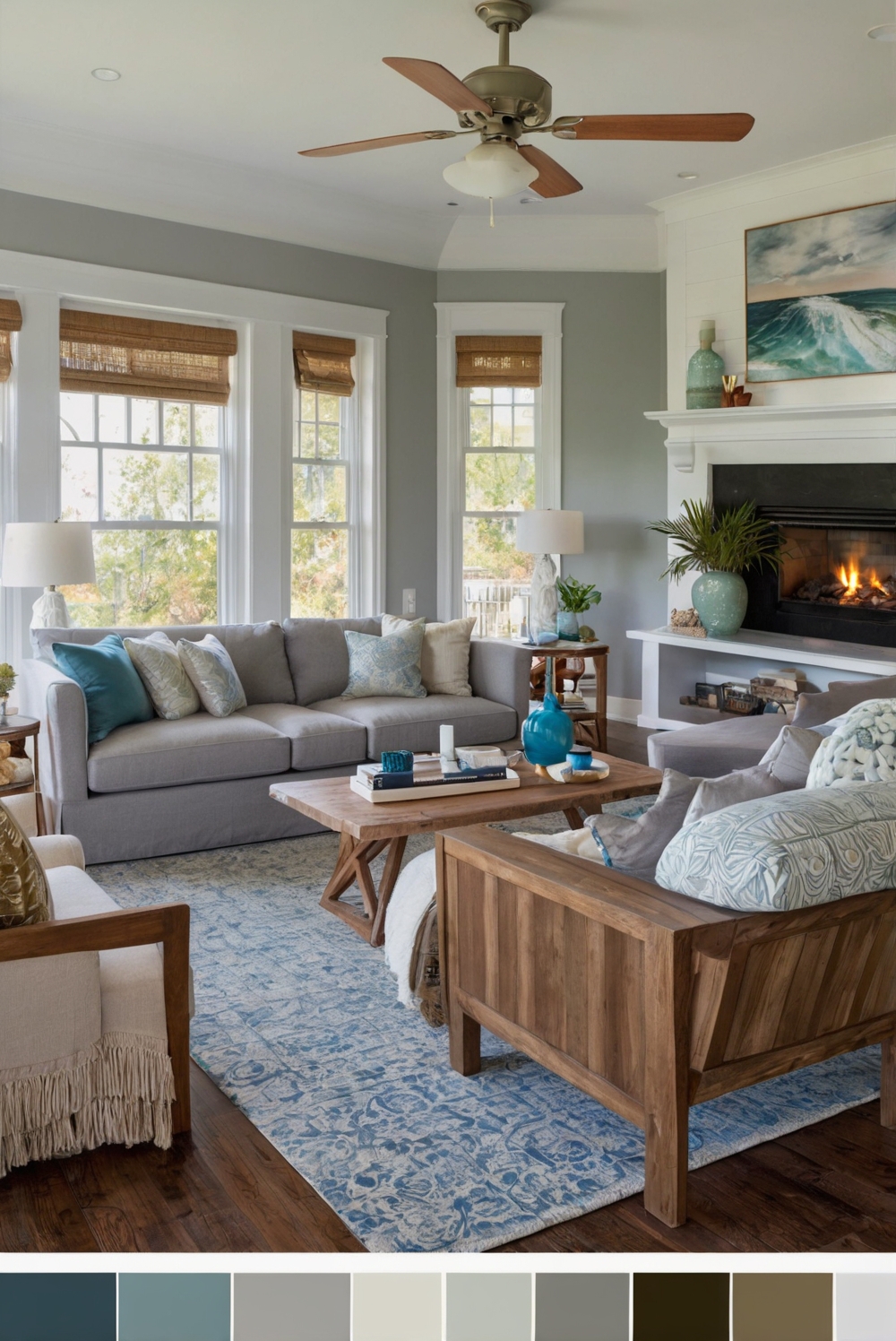
Explore innovative ways to blend seating styles in your living room. Discover how to balance comfort and style for an eclectic yet harmonious space.
Mixing and matching different types of seating in your living room can add visual interest and functionality to the space. Start by determining the purpose of the room and the activities you want to accommodate. Consider incorporating a variety of seating options such as sofas, accent chairs, ottomans, and floor cushions.
Mixing colors, textures, and styles can create a dynamic look, but be mindful of keeping a cohesive overall feel. Pay attention to the scale of the furniture pieces to ensure they fit the space appropriately. Experiment with different layouts to find the most practical and visually pleasing arrangement.
Utilize accent pillows and throws to tie the different seating pieces together. Consider creating designated areas for specific activities, such as a cozy reading nook or a conversational seating area. Incorporating a mix of seating options can make your living room more versatile and inviting.
To further enhance the design, add personal touches such as artwork, rugs, and decorative lighting. Keep the color palette consistent throughout the room to maintain a harmonious look. Space planning is crucial when mixing and matching seating, so ensure there is enough room for movement and clear pathways.
By following these tips, you can create a well-balanced and stylish living room that reflects your personal taste and lifestyle.
– Home decorating
– Home interior
– Home interior design
– Space planning
– Interior bedroom design
– Living room interior
– Color matching painting
– Paint color match
– Home paint colors
How to Mix and Match Different Types of Seating in Your Living Room?
Choosing the Right Seating
When mixing and matching different types of seating in your living room, the first step is to choose the right seating pieces that will complement each other. Consider the size of your living room and the number of people you typically entertain. Sectional sofas, accent chairs, loveseats, and ottomans are popular choices that can be mixed and matched to create a cohesive look.
Design and Style
Design and style play a crucial role in mixing and matching different types of seating. Consider the color scheme, textures, patterns, and overall aesthetic of your living room. Opt for seating pieces that coordinate with each other while adding visual interest to the space. Mix different styles like modern, traditional, and eclectic for a dynamic look.
Balance and Proportion
Achieving balance and proportion is key when mixing and matching different types of seating. Ensure that the scale and height of the seating pieces complement each other. Avoid overcrowding the space with too many large pieces or having everything at the same height. Create a harmonious arrangement by varying the sizes and shapes of the seating.
Consider Comfort and Functionality
When mixing and matching different types of seating in your living room, it’s important to consider comfort and functionality. Choose seating pieces that not only look good but also provide comfort and support. Consider the ergonomics of the seating to ensure that it serves its intended purpose while adding to the overall design of the space.
Accessorize and Layer
To enhance the mix and match of different types of seating in your living room, accessorize and layer with throw pillows, blankets, and rugs. These decorative elements can tie the seating pieces together while adding texture and warmth to the space. Experiment with different fabrics, colors, and patterns to create a visually appealing and inviting atmosphere.
In conclusion, mixing and matching different types of seating in your living room can create a unique and personalized space that reflects your style and personality. By following the tips mentioned above and focusing on choosing the right seating, design and style, balance and proportion, comfort and functionality, and accessorizing and layering, you can achieve a cohesive and harmonious look in your living room. Experiment with different combinations and don’t be afraid to get creative to make your living room a comfortable and stylish retreat.
1. Why is it important to mix and match different types of seating in your living room?
Mixing and matching different types of seating in your living room is important because it adds visual interest and personality to the space. It can create a dynamic and inviting atmosphere that reflects your individual style and preferences. By incorporating a variety of seating options such as sofas, accent chairs, ottomans, and benches, you can cater to different seating needs and accommodate guests comfortably. This eclectic approach to seating also allows you to experiment with different textures, colors, and patterns, creating a cohesive and harmonious look in your living room.
2. What are some tips for mixing and matching different types of seating?
When mixing and matching different types of seating in your living room, consider the scale and proportion of each piece to ensure a balanced arrangement. Start by selecting a focal point such as a sofa or sectional and then complement it with smaller scale seating options like accent chairs or stools. Mix different materials such as leather, fabric, and wood to add visual interest and texture. Experiment with different styles such as modern, traditional, or eclectic to create a unique and personalized look. Don’t be afraid to play with patterns and colors to add depth and dimension to your seating arrangement.
3. How can you create a cohesive look when mixing and matching different types of seating?
To create a cohesive look when mixing and matching different types of seating in your living room, consider using a unifying element such as color, pattern, or style. Choose a color palette that ties all the seating pieces together, whether it’s through coordinating hues or complementary contrasts. Incorporate a common pattern or motif across the different seating options to create a sense of harmony and cohesion. Stick to a consistent style or theme throughout the room to ensure a cohesive and well-curated look. By incorporating these design principles, you can achieve a seamless and unified seating arrangement in your living room.
4. What are some common mistakes to avoid when mixing and matching different types of seating?
One common mistake to avoid when mixing and matching different types of seating in your living room is overcrowding the space with too many pieces. Be mindful of the scale and proportion of each seating option to ensure there is enough room for movement and circulation. Another mistake is neglecting comfort and functionality in favor of aesthetics. While it’s important to create a visually appealing seating arrangement, it’s equally important to prioritize comfort and usability. Avoid using clashing colors, patterns, or styles that can create a disjointed and chaotic look. Instead, aim for a cohesive and harmonious mix of seating options that complement each other and enhance the overall design of your living room.
5. How can you incorporate different seating heights and shapes when mixing and matching in your living room?
Incorporating different seating heights and shapes when mixing and matching in your living room can create visual interest and dimension. Start by selecting a variety of seating options with varying heights such as low-profile sofas, high-back chairs, and stools. Mix different shapes like curved, angular, or organic to add diversity and contrast to the seating arrangement. Arrange the seating options strategically to create a balanced composition that allows for easy conversation and interaction. By incorporating a mix of heights and shapes, you can create a dynamic and engaging seating arrangement that enhances the overall design of your living room.


